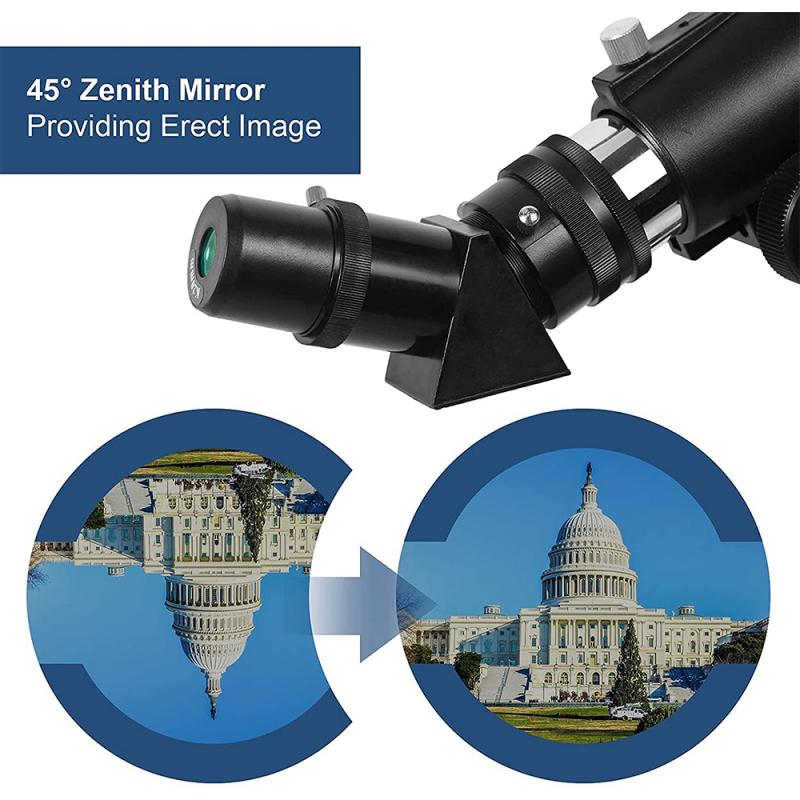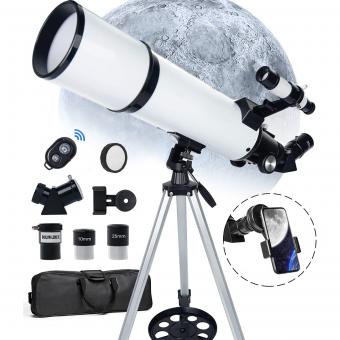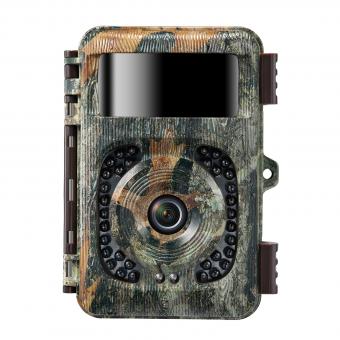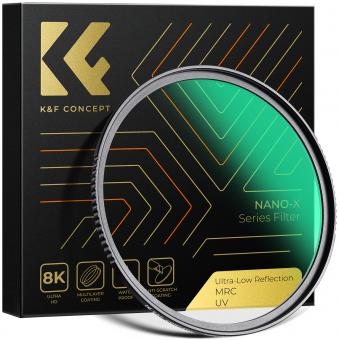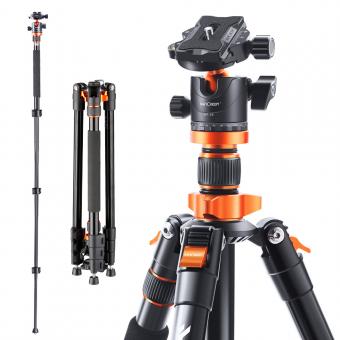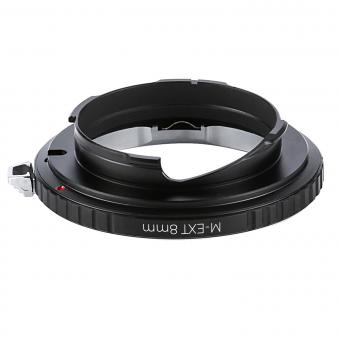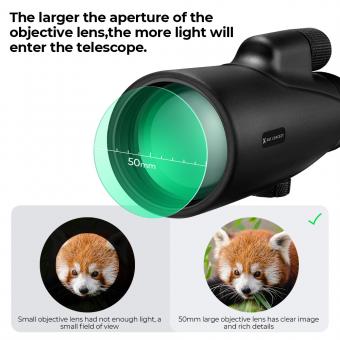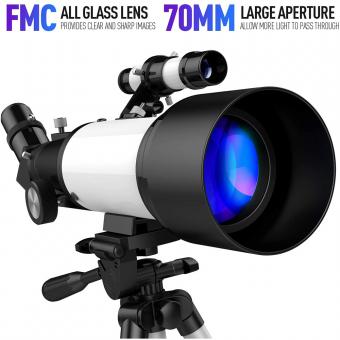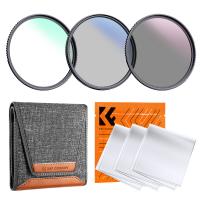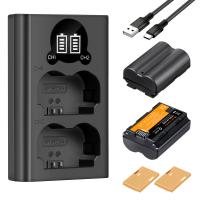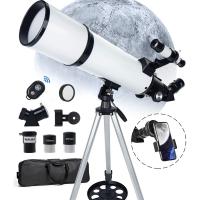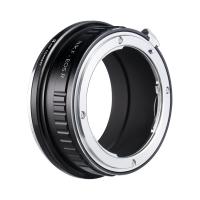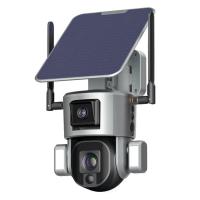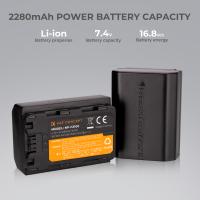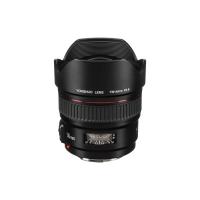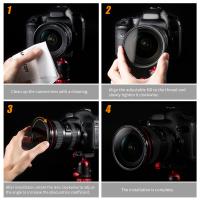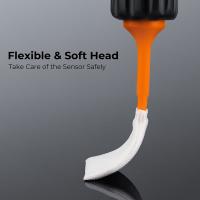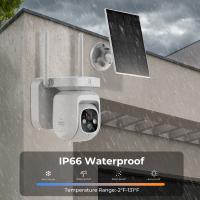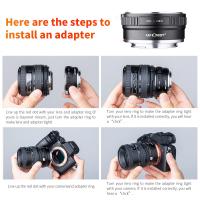What Is The Best Telescope To See Galaxies ?
The best telescope to see galaxies depends on various factors such as the aperture, focal length, and quality of optics. Generally, a telescope with a larger aperture will provide better views of galaxies as it can gather more light. Reflector telescopes are often preferred for deep-sky observations as they offer larger apertures at a lower cost compared to refractor telescopes. Some popular telescopes for observing galaxies include the Celestron NexStar 8SE, Orion SkyQuest XT10g, and Meade LX90-ACF. However, it's important to note that observing galaxies requires dark skies and patience as they can be faint and difficult to spot. Additionally, using a telescope with a motorized mount can help track the movement of galaxies across the sky.
1、 Aperture size
The best telescope to see galaxies is one with a large aperture size. Aperture size refers to the diameter of the telescope's main lens or mirror, and the larger the aperture, the more light the telescope can gather. This is important when observing galaxies, which are incredibly distant and faint objects.
Telescopes with an aperture size of at least 8 inches (200mm) are recommended for observing galaxies. The larger the aperture, the more detail and brightness you will be able to see. For example, a 12-inch (300mm) telescope will show more detail and brighter images than an 8-inch (200mm) telescope.
In recent years, there has been a trend towards using computerized telescopes with advanced features such as automatic tracking and GoTo technology. These telescopes can make it easier to find and observe galaxies, especially for beginners. However, the aperture size is still the most important factor in determining the quality of the images you will see.
It's worth noting that observing galaxies can be challenging, even with a large aperture telescope. Galaxies are often very faint and diffuse, and require dark skies and patience to observe. Additionally, light pollution can greatly affect the visibility of galaxies, so it's important to find a dark observing site away from city lights.
In summary, the best telescope to see galaxies is one with a large aperture size. Telescopes with an aperture of at least 8 inches (200mm) are recommended, and computerized telescopes with advanced features can make observing galaxies easier. However, observing galaxies can be challenging and requires dark skies and patience.
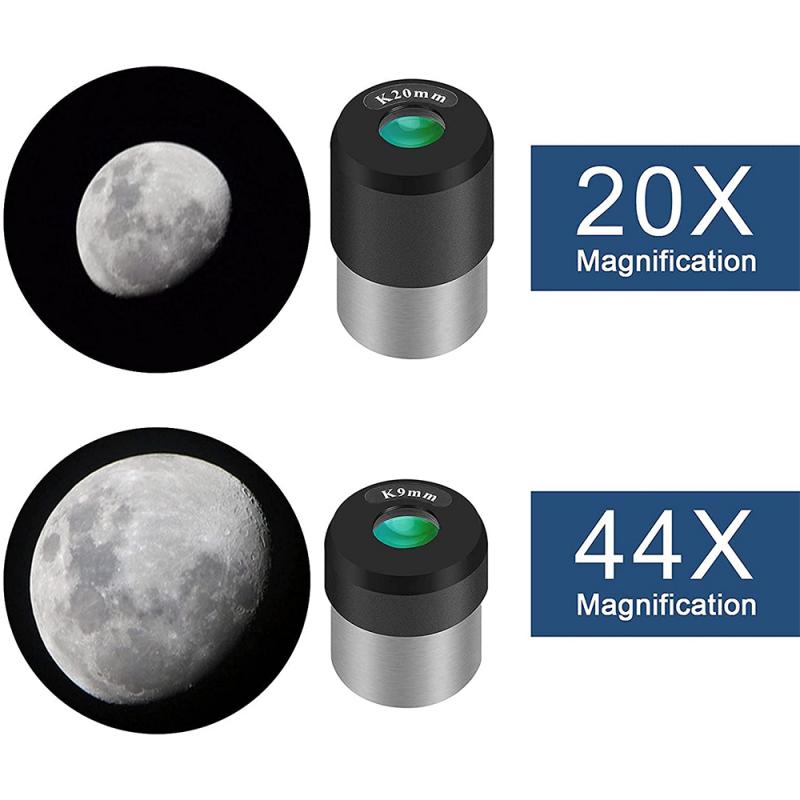
2、 Focal length
The best telescope to see galaxies is one with a long focal length. This is because galaxies are very distant objects and require a high magnification to be seen clearly. A long focal length allows for a higher magnification, which in turn allows for more detail to be seen.
There are two main types of telescopes: refracting and reflecting. Refracting telescopes use lenses to focus light, while reflecting telescopes use mirrors. Both types of telescopes can have long focal lengths, but reflecting telescopes are generally better suited for viewing galaxies because they can be made larger and are less affected by chromatic aberration.
One popular type of reflecting telescope for viewing galaxies is the Dobsonian telescope. These telescopes have a large aperture and a long focal length, making them ideal for deep-sky observations. They are also relatively affordable compared to other types of telescopes with similar capabilities.
In recent years, there has been a growing interest in using computerized telescopes for viewing galaxies. These telescopes use advanced software to automatically locate and track celestial objects, making it easier for amateur astronomers to find and observe galaxies. Some popular computerized telescopes for viewing galaxies include the Celestron NexStar and the Meade LX200.
Overall, the best telescope to see galaxies is one with a long focal length, preferably a reflecting telescope with a large aperture. However, advances in technology have made computerized telescopes a viable option for amateur astronomers as well.

3、 Mount type
What is the best telescope to see galaxies? Mount type telescopes are generally considered the best for observing galaxies. Mount type telescopes come in two types: equatorial and alt-azimuth. Equatorial mounts are designed to track the movement of the stars as they move across the sky, while alt-azimuth mounts are designed to move in two axes, up and down and side to side.
Equatorial mounts are preferred for astrophotography and long exposure imaging, while alt-azimuth mounts are preferred for visual observing. The best mount type telescope for observing galaxies will depend on your specific needs and preferences.
In recent years, computerized mounts have become increasingly popular. These mounts use GPS and other technology to automatically locate and track celestial objects, making it easier for beginners to find and observe galaxies. Additionally, advances in telescope technology, such as larger apertures and better optics, have made it easier to observe fainter galaxies.
Ultimately, the best telescope for observing galaxies will depend on your budget, observing goals, and level of experience. It's important to do your research and consult with experts before making a purchase. With the right telescope and mount type, you can explore the wonders of the universe and observe galaxies in stunning detail.
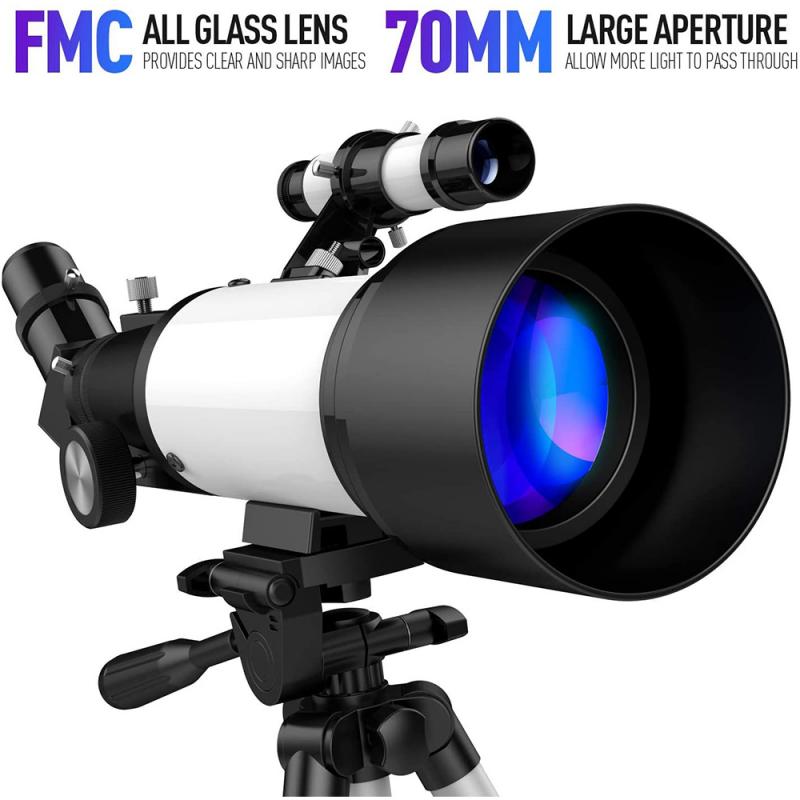
4、 Optical quality
What is the best telescope to see galaxies? Optical quality is the most important factor when it comes to observing galaxies. A telescope with good optical quality will provide clear and sharp images of galaxies, allowing you to see their structure and details.
There are several types of telescopes that can be used to observe galaxies, including refracting telescopes, reflecting telescopes, and catadioptric telescopes. Each type has its own advantages and disadvantages, but what matters most is the quality of the optics.
In recent years, there has been a lot of excitement around the development of large-aperture telescopes, such as the James Webb Space Telescope (JWST) and the Thirty Meter Telescope (TMT). These telescopes will have unprecedented sensitivity and resolution, allowing astronomers to study galaxies in greater detail than ever before.
However, for amateur astronomers, a more practical option is a high-quality reflecting telescope with a large aperture. Telescopes with apertures of 8 inches or more are ideal for observing galaxies, as they can gather enough light to provide clear and detailed images.
In summary, the best telescope to see galaxies is one with good optical quality, preferably a reflecting telescope with a large aperture. While the latest developments in large-aperture telescopes are exciting, amateur astronomers can still achieve excellent results with a high-quality telescope of their own.
